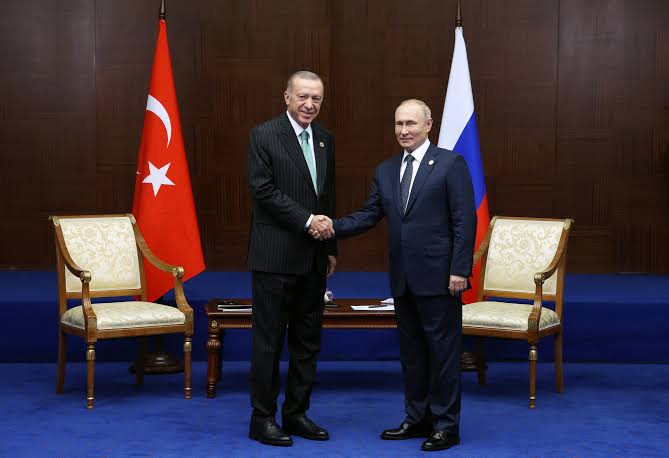In a grim revelation that underscores the dire consequences of unchecked air pollution, a groundbreaking report published on Tuesday has unveiled the severe toll that hazardous air is taking on the lives of South Asia’s population. The study, conducted by the University of Chicago’s Energy Policy Institute (EPIC), paints a distressing picture of how escalating air pollution in the region is exacting a staggering cost on life expectancy. With its pollution levels soaring higher than ever before, South Asia, home to some of the world’s most polluted countries including Bangladesh, India, Nepal, and Pakistan, is grappling with a crisis that could potentially truncate life expectancy by over five years per person.
The Burden of Pollution’s Grim Reality
As the Air Quality Life Index presented in the report indicates, South Asia shoulders a disproportionately heavy burden of global life years lost due to pollution. The region, notorious for housing countries like Bangladesh, India, Nepal, and Pakistan, stands responsible for more than half of the world’s total lost life years attributed to pollution-related factors. This sobering revelation underscores the urgent need for targeted interventions to address the escalating pollution crisis that threatens the very fabric of life across these nations.
Looming Crisis: Polluted Skies Cast Shadows on Public Health
Rapid industrialization and population growth, once considered hallmarks of progress, have paradoxically led to a stark decline in air quality across South Asia. Particulate pollution levels have surged by a staggering 50% since the turn of the century, casting a long and ominous shadow over the health and well-being of the region’s inhabitants. Shockingly, the menace posed by polluted air now supersedes the risks posed by even larger, more commonly recognized health threats.
Unequal Breaths: Disproportionate Impact and Varying Toll
The study’s findings reveal that the impact of air pollution is far from uniform, highlighting the varying degrees of vulnerability across different nations. Bangladesh, labeled as the world’s most polluted country, stands to lose an average of 6.8 years of life per person, a staggering toll that eclipses the 3.6 months projected for individuals in the United States. India, contributing to 59% of the world’s pollution surge since 2013, faces the grim prospect of further shortening life expectancy in its already heavily polluted regions. Notably, the densely populated metropolis of New Delhi, the world’s most polluted mega-city, witnesses an alarming average lifespan reduction of over 10 years.
A Glimpse of Hope Amidst Desolation
While the report paints a bleak picture, it also offers a glimmer of hope through tangible solutions. The study suggests that by curbing the levels of lung-damaging airborne particles, known as PM 2.5, to levels recommended by the World Health Organization (WHO), average life expectancy could witness an increase of 2.3 years. Cumulatively, this represents an astounding 17.8 billion life years. Countries like Pakistan and Nepal, both grappling with high pollution levels, could stand to gain 3.9 and 4.6 years of life respectively by adhering to the WHO’s guideline of limiting average annual PM 2.5 concentration to 5 micrograms per cubic meter.
Highlighting Global Disparities and the Way Forward
The report also underscores the pivotal role of governments in combating air pollution. China, which has managed to reduce its pollution levels by an impressive 42.3% between 2013 and 2021, serves as a beacon of hope in the fight against pollution. The study emphasizes the urgent need for accessible air quality data to be generated by governments, bridging global disparities in the availability of tools to combat this pervasive threat. As the world grapples with the harsh realities of air pollution, the report’s findings demand immediate action to ensure that the skies above South Asia and beyond are cleared of this suffocating menace.
















